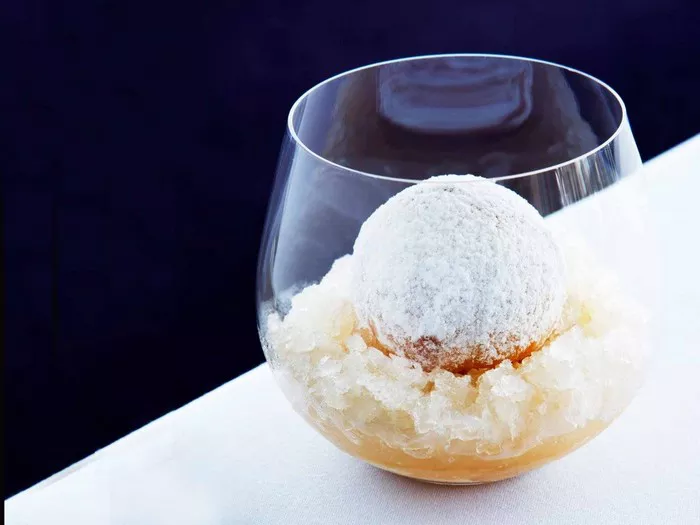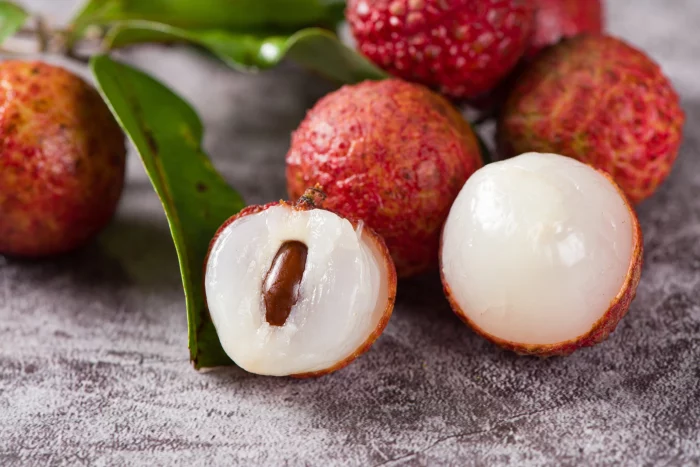Mascarpone, with its luxurious and creamy texture, is a beloved Italian cheese that adds a touch of decadence to a variety of dishes. Whether used in desserts like tiramisu or enjoyed on its own, mascarpone delights taste buds with its delicate flavor and smooth consistency. In this article, we will delve into the origins of mascarpone, its traditional preparation methods, and the ingredients that come together to create this delectable cheese.
The Origins of Mascarpone
Mascarpone can trace its roots back to the Lombardy region of Northern Italy, where it has been enjoyed for centuries. This rich and creamy cheese is believed to have originated in the late 16th or early 17th century. It was traditionally made in Lombardy farmhouses using simple ingredients and traditional cheesemaking techniques.
Traditional Preparation of Mascarpone
The traditional method of making mascarpone involves a few simple steps that require care and precision to achieve the desired texture and flavor. While commercial production methods may vary, the traditional process involves the following steps:
Cream Selection: High-quality fresh cream is essential for making mascarpone. Traditionally, cream obtained from the milk of cows grazing on the rich pastures of Lombardy was used. The cream is chosen for its high-fat content, typically around 25-30%.
Coagulation: The selected cream is gently heated in a double boiler or bain-marie until it reaches a specific temperature, typically around 185°F (85°C). At this temperature, the cream coagulates, forming a thick, custard-like consistency.
Acidification: To achieve the desired tanginess and to help with the coagulation process, a small amount of citric acid or tartaric acid is added to the heated cream. These acids lower the pH of the cream, causing the proteins to denature and bind together, resulting in a thicker texture.
Straining and Cooling: Once the cream has coagulated and thickened, it is carefully strained through a fine cheesecloth or a muslin cloth to remove any excess whey. The strained mascarpone is then cooled and refrigerated, allowing it to firm up further and develop its characteristic creamy texture.
Ingredients of Mascarpone
Mascarpone is made using a minimal number of ingredients, with the emphasis placed on the quality of each component. The main ingredients required for traditional mascarpone production are:
Cream: High-fat fresh cream is the primary ingredient in mascarpone. The cream should ideally have a fat content of around 25-30% to ensure a rich and creamy texture. The cream used for mascarpone can come from cow’s milk or other animal sources, depending on regional preferences and availability.
Acidifying Agents: To aid in the coagulation process, small amounts of acidifying agents are added to the cream. The most common choices are citric acid or tartaric acid, which help lower the pH and encourage protein denaturation. These acids also contribute to the distinct tanginess of mascarpone.
Optional Flavorings: While not traditionally included, some variations of mascarpone may incorporate additional flavorings to enhance its taste. Common flavorings include vanilla extract, lemon zest, or even alcohol, such as rum or brandy. These additions provide a unique twist to the cheese’s flavor profile.
Usage and Culinary Applications
Mascarpone’s versatility extends beyond being a standalone cheese. Its creamy and smooth texture, along with its mild flavor, makes it a desirable ingredient in various culinary applications. Some popular uses of mascarpone include:
Desserts: Mascarpone is a star ingredient in classic desserts like tiramisu, where its creamy texture complements layers of espresso-soaked ladyfingers and cocoa powder. It is also used in cheesecakes, custards, and mousses, adding a luxurious richness to these sweet treats.
Sauces and Creams: Mascarpone lends its velvety texture to savory dishes as well. It can be incorporated into pasta sauces, such as creamy Alfredo or tomato-based sauces, to add depth and creaminess. Mascarpone also enhances creamy vegetable or mushroom-based soups.
Baked Goods: Mascarpone can be a delightful addition to baked goods. It can be used in cake batters, muffins, scones, and even pancakes to impart moisture and richness. Its creamy nature also contributes to the smoothness of frostings, fillings, and glazes.
Spreads: Whipped mascarpone makes for a delicious spread that can be enjoyed on toast, bagels, or even as a dip for fruits. When combined with a touch of sweetness or flavored with herbs and spices, mascarpone spreads offer a delectable twist to breakfast or snack time.
Conclusion
Mascarpone, a luscious and creamy Italian cheese, is made from high-fat cream and acidifying agents. Its origins in Lombardy and its traditional production methods have allowed it to become a beloved ingredient in various sweet and savory dishes. Whether used in classic desserts like tiramisu or incorporated into savory sauces and spreads, mascarpone’s rich and smooth texture adds a touch of luxury to culinary creations. So, embrace the indulgence of mascarpone and savor its delicate goodness in your favorite recipes.























